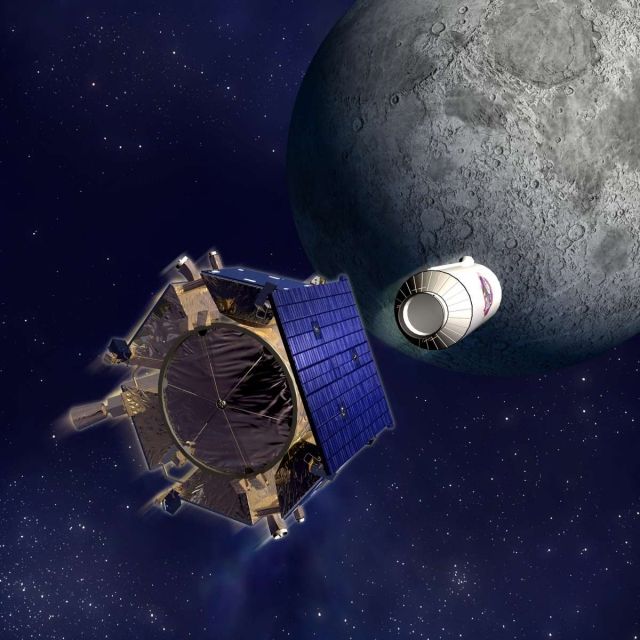Colonization of the Moon can be up to 90% cheaper
Only 12 people walked on the moon, and the last of them had been there in 1972. However, the study suggests that NASA may establish a permanent base on the moon, the moon to explore resources and collaborate with private companies.
This return humans to the moon can cost 90% less than expected, and the final cost would be $ 10 billion. Instead of 100 billion. These costs NASA can afford.
A recently published study was conducted by the National Space Society and the Space Frontier Foundation – the two nonprofit organizations that advocate for the construction of settlements beyond Earth. It was reviewed by an independent panel of experts from the former leaders of NASA astronauts and scientists.
To reduce costs, NASA will have to conclude several partnerships with private and international organizations, one of which will be the European Space Agency. Other possible partners are considering Boeing and SpaceX, the commercial partner of NASA. SpaceX designed Falcon 9 rocket and Dragon capsule for just $ 443 million, and NASA has spent on a similar project to $ 4 billion. The authors hope that this trend will continue in the larger missions. To reduce costs, the plan envisages the creation of reusable space vehicles and lunar-like reusable rockets SpaceX.
In 2009, NASA’s LCROSS spacecraft dropped a spent rocket stages to the moon, to analyze the level of the dust plume risen. Results showed that water can be distributed over the entire surface of the moon.
In addition to the commercial partners and the space shuttle, it is believed that the production of fuel on the lunar surface can reduce the cost of flights. These apparatus observing LCROSS moon suggest that the moon there are huge deposits of water ice, especially near the poles. Water is one of them can be split into hydrogen for rocket fuel and oxygen for life support systems.
The study provides for the establishment of industrial lunar base on which the water is extracted and split into fuel, which is then sent to the lunar orbit, where these ships to Mars could carry out refueling. Such a system could save $ 10 billion. Per year for missions to the red planet. According to the researchers, based on the required 4 astronaut, and for 12 years after the initial planting, you can develop a 200 megaton missile fuel totaling $ 40 billion.
But before that NASA or the private companies have to send robots to the lunar poles, to see the places where concentrated hydrogen, and how best to extract it. NASA scientists have already proposed a robot scout Resource Prospector, which can be moved in a jeep and drilled to search for lunar regolith samples. If the production of hydrogen for the moon to be economically viable, it can pave the way for the use of other resources, such as helium-3.
Ideas are only concept studies and recommendations and NASA can not pay any attention to them. But the exploration of mineral resources on the moon could fundamentally change the space missions. Rockets do not have to lift a huge weight of fuel and water, instead they will receive resources on the moon. And leave lunar orbit is much easier than the earth. Permanent station on the moon could open the way to other planets, scientists say.




